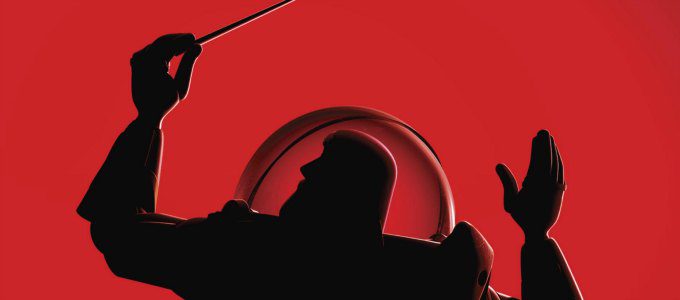Welcome back to Managing Creative People 101, courtesy of Pixar Animation’s President Ed Catmull and his book “Creativity, Inc.” Last week we talked about conquering fears by going to the source, or understanding why employees are afraid to exhibit their creativity. Sometimes it’s because they don’t want to look foolish. Other times it’s because they’re intimidated by their leaders.
But what about when it’s fear of failure?
Even non-creative people are scared of crashing and burning at work, but when especially innovative people — or those who rely on thinking leagues outside of the box to perform their jobs, like the filmmakers at Pixar — fail, it can deal a massive blow to self-esteem.
Embracing failure as a learning experience can help a high-performer pick up the pieces after a shortcoming decimates the team’s enthusiasm. Failure can mean seeking a better understanding of what went wrong and what can be done better.
To Catmull, it also lifts some of the barriers, namely fear, that stand in the way of full creative engagement. “The goal is to uncouple fear and failure — to create an environment in which making mistakes doesn’t strike terror into your employees’ hearts,” he wrote.
As a pioneer in computer technology and animation, Pixar has had its share of failure. Its last two projects, “Cars 2” and “Monsters University,” had such disastrous misfires they had to replace the films’ original directors. Another film the team spent three years developing was shut down before it was released — the biggest failure in the organization’s history.
One of the production company’s top directors, Andrew Stanton, is known for repeating two mantras: “Fail early and fail fast” and “Be wrong as fast as you can.” These ideas take some of the shame away from failure: As long as people understand that if they’re wrong early on and (more importantly) are prepared to change, they can recover. Sometimes the final product turns out even better than it would have without the initial blunder.
Because fear of failure is embedded in most psyches — creative and non-creative alike — a leader’s job is to encourage employees to move past errors. First, examine how your organization treats failure. What happens when an error is discovered? If the error becomes a learning tool or a teaching moment, you’re good to go. If you get busy looking for someone to blame, you’re in the proverbial soup.
Catmull wrote that Pixar exemplifies the former. When two years of work on “Toy Story 2” was wiped from a machine by an employee, presumably by accident, finding who did it was never on the agenda. Although accountability is important, it’s impossible to control or prevent future failure by making an example of someone’s mistake. Prioritizing blame-sharing is the worst way to get employees more comfortable with the idea that they’ll fail — which is inevitable, as it turns out.
If creative employees are doing their job right, failure will happen. Whether the job is engineering a new way to make movies, designing a new product or creating a different way to do business, there will be disasters. You might as well use them to your full advantage and encourage employees to do the same.
“Failure isn’t a necessary evil,” Catmull wrote. “In fact, it isn’t evil at all. It is a necessary consequence of doing something new.”
Check back next week for the final installment of “To Creativity and Beyond,” which will explore why it’s important for leaders to not just embrace but also protect “the new.”















